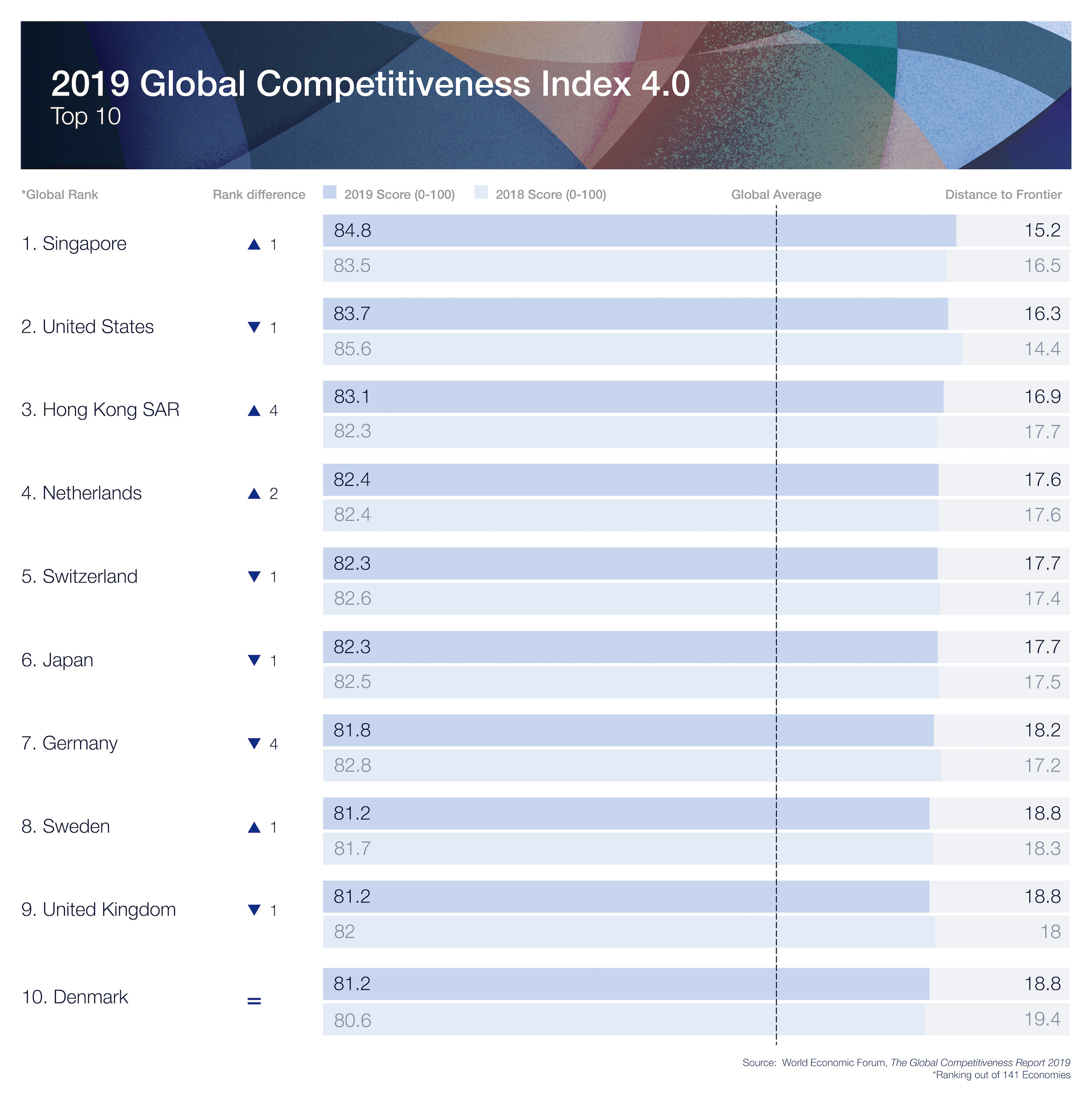Here’s what you need to know about Bangladesh’s rocketing economy

19 Nov 2019 Katharine Rooney Senior Writer, Formative Content
- Bangladesh’s GDP growth rate is forecast to be 8% in 2020
- The figures put it ahead of other Asian countries, including India
- It could shed its ‘least developed country’ status in five years
When it first became a country, in 1971, Bangladesh was incredibly poor. The GDP growth rate was -14%, political instability was rife, and the nation was devastated by floods and famine.
Things have moved. Bangladesh now has an average growth rate of 8% – well above the Asian average, Asian Development Bank figures show.
Have you read?
- In 2020, Asian economies will become larger than the rest of the world combined – here’s how
- What if nearly everything we thought we knew about poverty was wrong?
- 6 ways the least developed countries can participate in the Fourth Industrial Revolution
A decline in population growth is also helping an increase in per capita income. The number of employed workers living below the poverty line dropped from 73.5% in 2010 to 10.4% in 2018.

Bangladesh has been classed by the United Nations as one of the world’s least developed countries (LDCs) since 1975, but its current trajectory means it is likely to shed that description by 2024.
Graduating from LDC status is a sign that a country’s per capita gross national income, human assets, and resilience to economic and environmental shocks are robust enough to enable sustainable development.
Bangladesh was 105th in the The Global Competitiveness Report 2019 from the World Economic Forum. The more competitive a country is, the more likely it is that it will be able to improve living standards.
What do we mean by ‘competitiveness’?
What is economic competitiveness? The World Economic Forum, which has been measuring countries’ competitiveness since 1979, defines it as: “the set of institutions, policies and factors that determine the level of productivity of a country.” Other definitions exist, but all generally include the word “productivity”.

The Global Competitiveness Report is a tool to help governments, the private sector, and civil society work together to boost productivity and generate prosperity. Comparative analysis between countries allows leaders to gauge areas that need strengthening and build a coordinated response. It also helps identify best practices around the world.
The Global Competitive Index forms the basis of the report. It measures performance according to 114 indicators that influence a nation’s productivity. The latest edition covered 141 economies, accounting for over 98% of the world’s GDP.
Countries’ scores are based primarily on quantitative findings from internationally recognized agencies such as the International Monetary Fund and World Health Organization, with the addition of qualitative assessments from economic and social specialists and senior corporate executives.
The garment trade that began in Bangladesh in the 1970s is now a $30 billion industry. But the economy is diversifying. The services sector – including microfinance and computing – makes up 53% of the country’s GDP.
The success of the IT industry is central to the digital transformation and ongoing economic growth of Bangladesh. It exports nearly $1 billion of technology products every year – a figure that the government expects to increase to $5 billion by 2021. The country also has 600,000 IT freelancers.
Bangladesh has seen wide improvements in health, education, infant mortality and life expectancy, according to Daniel Gay of the United Nations Department of Economic and Social Affairs. This has driven growth and reduced economic vulnerability. “It’s really a success story,” he says.
